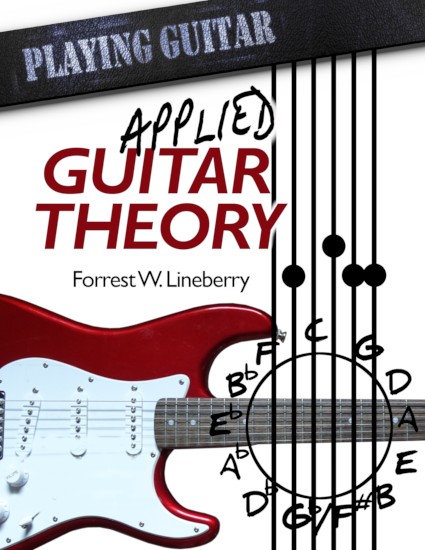What to Practice
Remember that you don’t have to become a note location expert right away. Learning the notes to that level is something that will happen over time. At first, you just need to be good enough that you can name the notes anywhere on the fretboard without spending ten minutes trying to figure it out. The more you do it, the better you’ll get.
On Paper
Open the PDF file, below, and print about 2 billion copies:
Now, every time that you think you don’t have anything to do, grab one of the sheets you just printed out and fill in the names of the notes on each neck diagram. It really doesn’t matter if you write in the notes one string at a time or across the strings or in any other manner you can come up with. Writing those notes out on the diagrams is going to help you to start seeing them. That is the whole point of doing the exercise.
Grab Your Guitar
Concentrate on working with the natural notes first. The sharps and flats will fall into place as you go. Start by memorizing the open strings and the 12th fret. This will give two anchor point and help you find your way if you get lost. Next, practice locating the notes up and down the individual strings. Then practice locating them across the strings at each fret marker. By concentrating on just the natural notes you’ll have an easier time learning the notes, and you’ll also be learning the C Major Scale which is probably the most important thing to know in music theory.
Another good practice is to pick a note per day, and for that day, you practice locating that note on your guitar neck. The next day, pick a different note. This exercise can be extended to include practicing chords, scales, modes, arpeggios (you name it) from your selected note.
A third exercise is for when you don’t have your guitar near you (maybe you are waiting at the bus stop or riding the subway). Pick a chord or a scale or even a lead lick that you know and visualize exactly where you would play it on the guitar neck. Then try to figure out what notes you would be playing. The more clear you are in your mind about what frets and strings you would be playing, the greater the benefit you will receive from this exercise.
Lastly, anytime while playing the guitar that you can remember to do this, stop and ask yourself what notes you are playing. If you don’t know what notes you are playing, figure it out.
There’s no real short-cut to learning to see the notes up and down the fretboard. It simply takes a desire and willingness to learn and practice. It also helps if you can see a potential value in acquiring the skill.

Book Title
Applied Guitar Theory
A Comprehensive guide to applying music theory on the Guitar Fretboard.
Sell Link
Coming soon!
Sample Chapter Links

